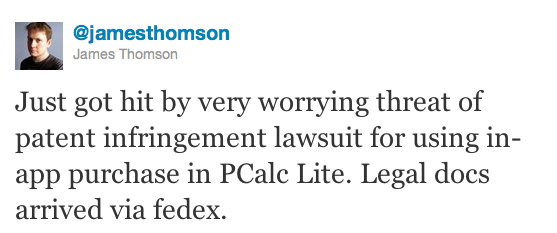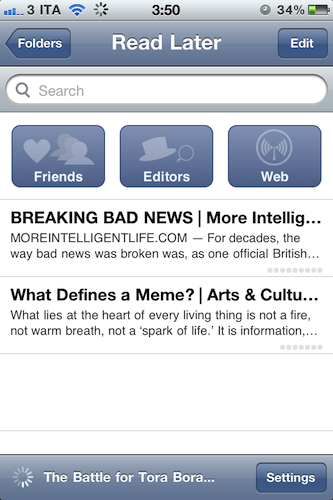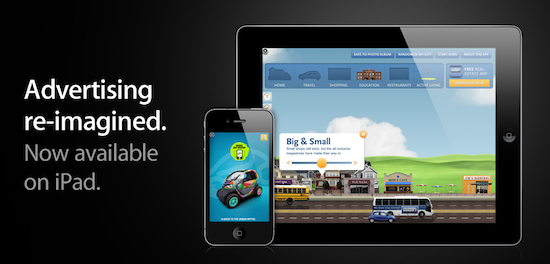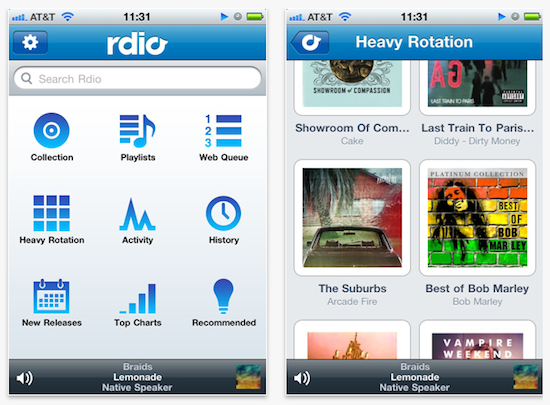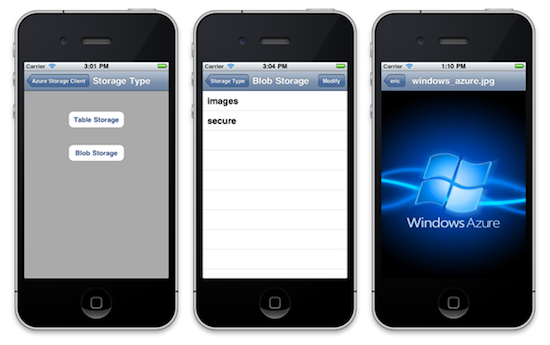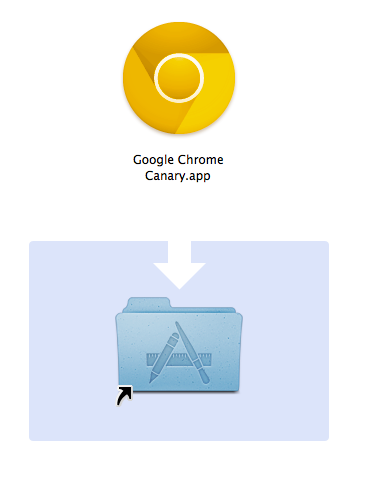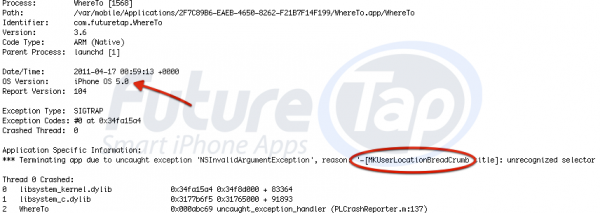As noted by forum poster Therealtrebitsch on TouchArcade, Apple recently tweaked the App Store system to prevent users who downloaded apps using a developer’s promo code from leaving a review or rating. The change comes as an unexpected move as it basically doesn’t count promo code-based downloads as regular purchases anymore, but it’s in line with Apple’s latest efforts to modify the App Store’s ranking algorithm to showcase apps based on quality, rather than raw download numbers.
Hi,
Anand here again from iTunes Store Customer Support. Thanks for writing back and letting me know your concern. I understand that you are still not able to write a review. I know how disappointing it can be when things don't work out the way they should.
I am sorry to inform that it is no longer possible to rate or review an app if it was downloaded using a developer’s promotional code.
However, I took the liberty of submitting your feedback to Apple on your behalf. Please know that Apple takes the feedback from our customers very seriously. This is the reason for our feedback page - to create a forum where our users can vent, praise or share whatever feelings they have to allow us to meet your needs, and grow as a company. I suggest that you use the link in order to share your feedback with us. I would also encourage you to share this link with all of your friends and family who wish to submit the feedback, and have them all submit the same request.”
—–
It is no longer possible to rate or review an app if it was downloaded using a developer’s promotional code.
You can review this app by purchasing it on a different iTunes account using something other than a developer’s promotional code, such as a Gift Card, Gift Certificate, or other payment options.
Two weeks ago, several reports indicated Apple had tweaked its App Store algorithm to better promote apps in the Top Free charts based on “ratings and active usage”, rather than download numbers, which could be easily altered by developers using techniques like pay-per-install networks (which Apple doesn’t accept anymore) and promo codes. It was a common practice, in fact, among many developers to give away promo codes (which are limited in the iTunes Connect developer portal and can’t be generated over and over) hoping that customers who got the app for free would leave a positive review or rating. Clearly Apple must have thought that this was another practice to alter the App Store’s ranking system, and introduced a new rule to prevent apps downloaded through a promo code from being reviewed.
I have tested this personally and, sure enough, an app I downloaded last week with a promo code can’t be reviewed or rated in iTunes. An app I downloaded with a promo code last year, however, can still be reviewed. Same applies for a Mac App Store app I redeemed two months ago. It’s unclear how this new system works (Apple hasn’t posted an update in iTunes Connect yet), but we speculate apps recently downloaded with a promo code can’t be reviewed – quite possibly going back until two weeks ago when the rumors about a new algorithm started.


